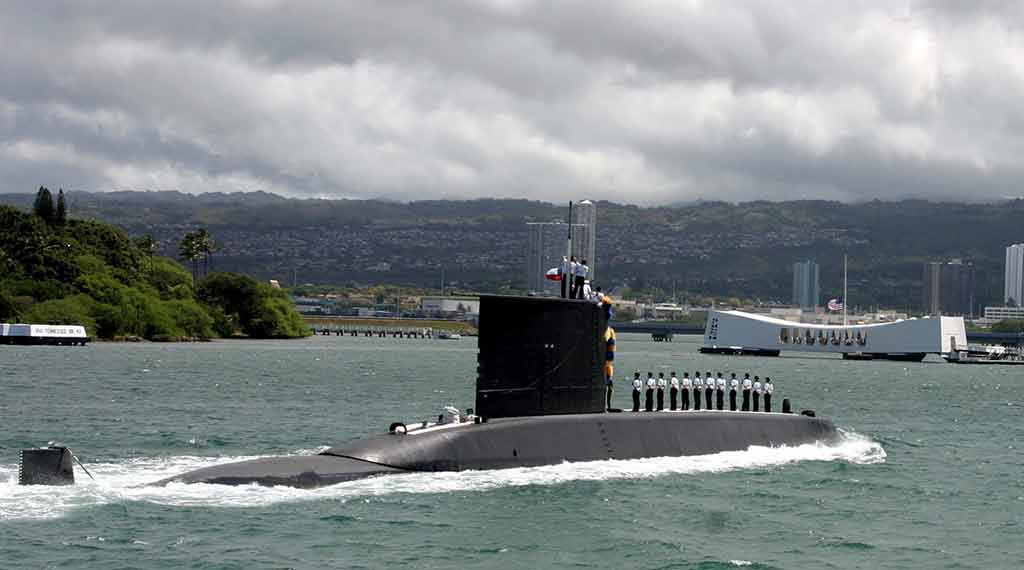Type 209: The most powerful submarine you’ve never heard of

The Type 209 submarine, designed by German shipbuilder Howaldtswerke-Deutsche Werft, has become one of the most popular export submarines, used by fifteen different countries since the 1970s.
-Known for its simplicity and flexibility, the Type 209 can carry various torpedoes, anti-ship missiles, and mines.
-Over the years, it has evolved through five variants, from the 1100 to the 1500 series.
-Notable users include Argentina’s ARA San Luis, which participated in the Falklands War, and Indonesia’s KRI Nanggala, which tragically sank in 2021.
-The Type 209’s adaptability and upgrades have ensured its continued relevance in modern naval operations.
Latest posts by Maya Carlin (see all)
- Iran’s Growing Missile Arsenal Is a Challenge for Israel - November 18, 2025
- IAI Is Hoping to Secure a Contract for the “Golden Dome” - November 3, 2025
- Trump dispatches B-1 bombers and other military assets to Venezuela - October 28, 2025
